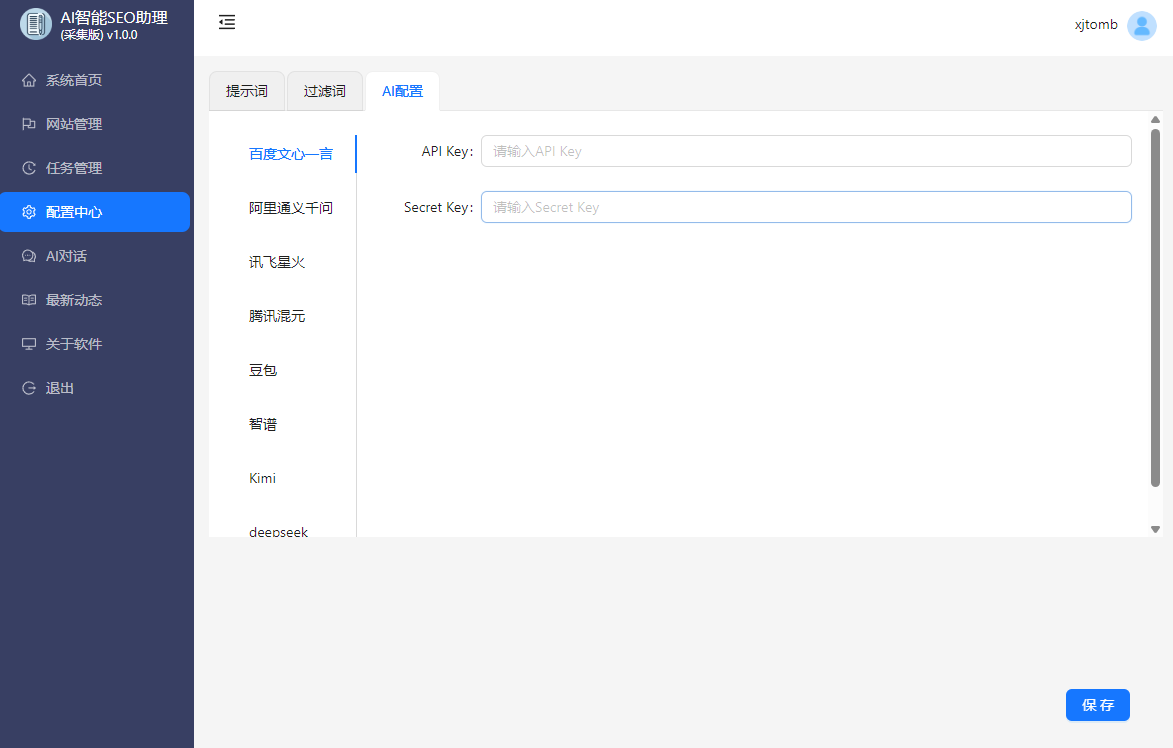< lang="en">
Understanding the Importance of Website Ranking Stability
In the ever-evolving digital landscape, maintaining a stable ranking on search engines is crucial for the success of any website. A stable ranking ensures consistent traffic, enhances brand reputation, and provides a seamless user experience. To achieve this, it is essential to adopt effective strategies that align with the latest SEO practices. This article delves into the key strategies that can help a new website achieve and maintain ranking stability.
1. Keyword Research and Optimization
Keyword research is the cornerstone of SEO. It involves identifying the terms and phrases that potential visitors use to search for content related to your website. Using the right keywords can significantly impact your website's visibility and ranking. Here are some steps to ensure effective keyword research and optimization:

- Use AI智能SEO助理工具 to analyze competitors and identify relevant keywords.
- Focus on long-tail keywords that are more specific and less competitive.
- Ensure keywords are naturally integrated into content, titles, meta descriptions, and URLs.
2. High-Quality Content Creation
Content is king in the world of SEO. High-quality, informative, and engaging content can attract and retain visitors, improving user experience and reducing bounce rates. Here are some tips for creating effective content:
- Develop a content calendar to plan and schedule posts consistently.
- Use a mix of formats, including articles, videos, infographics, and podcasts.
- Optimize content for readability and ensure it provides value to the audience.
3. On-Page SEO
On-page SEO involves optimizing various elements on your website to improve its search engine rankings. This includes:
- Optimizing title tags and meta descriptions with relevant keywords.
- Ensuring URLs are clean, descriptive, and include keywords.
- Creating a logical and user-friendly website structure with proper navigation.
- Optimizing images with alt text and file names.
4. Off-Page SEO
Off-page SEO refers to activities that take place outside of your website to improve its ranking. This includes:
- Building high-quality backlinks from reputable websites.
- Engaging with the audience on social media platforms.
- Participating in online forums and communities related to your niche.
5. Technical SEO
Technical SEO involves optimizing the technical aspects of your website to improve its performance and user experience. This includes:
- Ensuring your website is mobile-friendly and responsive.
- Optimizing site speed and page load times.
- Implementing structured data and schema markup.
- Creating and submitting an XML sitemap to search engines.
6. Monitoring and Analytics
Monitoring your website's performance is crucial for identifying areas of improvement and ensuring your strategies are working. Use tools like Google Analytics and Google Search Console to track:
- Website traffic sources and visitor behavior.
- Keyword rankings and search engine visibility.
- Bounce rates, page load times, and other technical metrics.
7. Continuous Learning and Adaptation
The SEO landscape is constantly changing, with search engines regularly updating their algorithms. To stay ahead, it is essential to:
- Keep up with the latest SEO trends and algorithm updates.
- Experiment with new strategies and analyze their effectiveness.
- Be flexible and willing to adapt your approach as needed.
Conclusion
Maintaining website ranking stability is a multifaceted task that requires a combination of effective strategies and continuous effort. By focusing on keyword research, high-quality content, on-page and off-page SEO, technical optimization, and monitoring, you can create a strong foundation for your website's online presence. Remember, SEO is a long-term investment, and patience and persistence are key to achieving sustainable rankings. Start implementing these strategies today and watch your website grow stronger day by day.
专业AI原创文章批量自动生成工具,支持多种CMS,站群内容一键式管理分发,支持多任务创建,自动根据文章内容关联配图,AI智能SEO助理www.ai-seo.cc


